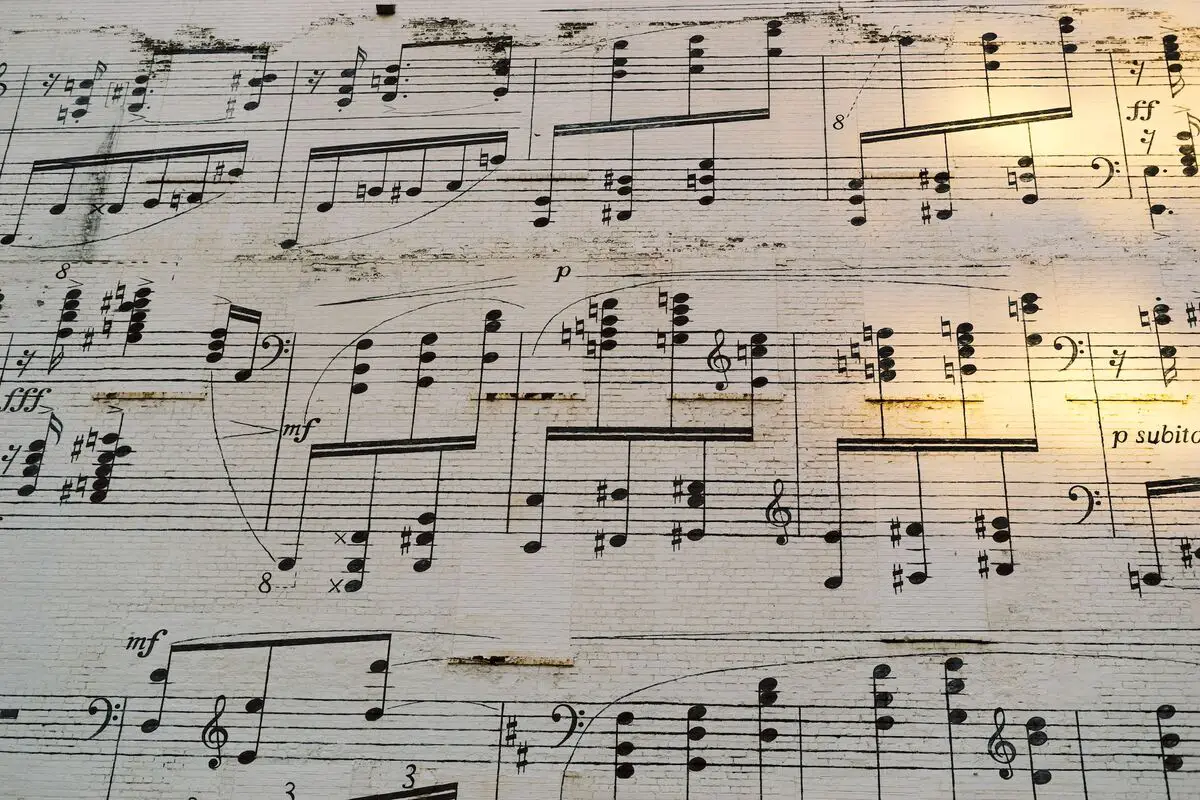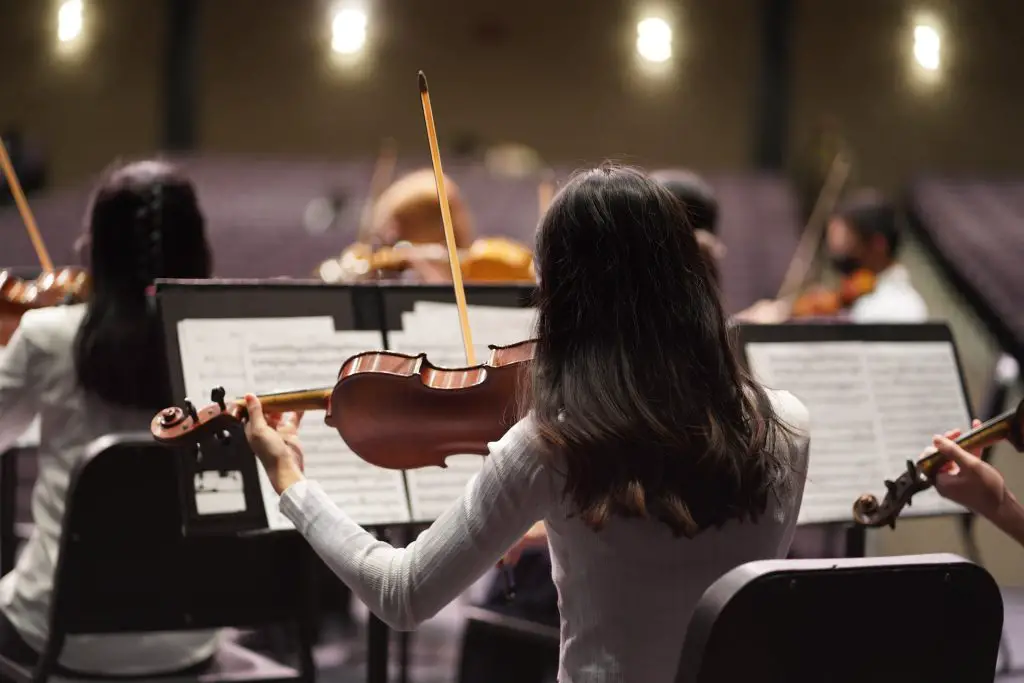Imagine a piece of music that gradually propels you forward, building anticipation and urgency. One such tempo term that has echoed throughout the halls of music history is ‘accelerando’. As mysterious as it may sound to the untrained ear, accelerando plays a crucial role in adding emotional depth, intensity, and momentum to a musical piece. But what exactly does ‘accelerando’ mean? Get ready to dive into the captivating world of accelerando, a musical technique that adds a dynamic twist to compositions.
What does accelerando mean? “Accelerando” is a term in music that instructs performers to gradually increase the tempo of the music. Derived from Italian, it literally translates to “speeding up.” It is often abbreviated as “accel.” in musical scores.
What is accelerando?
Accelerando is a term used in musical notation that indicates a gradual increase in tempo. Derived from Italian, its literal translation is “speeding up”. When a composer wants a piece of music to get faster over time, they will write “accelerando” at the point in the music where the speed should start increasing. In sheet music, it’s often abbreviated as “accel” to save space.

You might also notice a dotted or dashed line beneath the section of the staff to which the accelerando instruction applies. This line helps visually convey the gradual increase in speed. It’s one of many Italian terms used in music to convey the composer’s intent regarding the pace, mood, or expression of the piece. This technique can build tension and create a sense of urgency, captivating the listener’s attention.
AKAI Professional MPK Mini MK3

AKAI Professional MPK Mini MK3
How is accelerando used in classical music?
One of the most remarkable instances of accelerando in classical music is found in Edvard Grieg’s “In the Hall of the Mountain King” from Peer Gynt. This composition features a repeated theme that gradually increases in speed, creating a sense of escalating tension and building up to a crescendo. The effect is nothing short of exhilarating, leaving a lasting impression on the listener.
Accelerando allows composers to manipulate the tempo of a piece, adding a dynamic element to their creations.
Accelerando allows composers to manipulate the tempo of a piece, adding a dynamic element to their creations. By incorporating this technique at specific moments, composers can effectively convey a wide range of emotions, such as excitement, urgency, or even impending danger. It’s like giving the music its own heartbeat, guiding the listener through a captivating journey.
While accelerando can heighten the drama and impact of a composition, it’s important to strike a balance with other musical elements. Dynamic variations, phrasing, and harmonic progression all play significant roles in enhancing the overall musicality. By skillfully weaving accelerando together with these elements, composers create a cohesive and engaging musical narrative.
While accelerando signifies a gradual increase in tempo, its counterpart, rallentando, does the opposite. Rallentando instructs the performer to gradually slow down the tempo. These two techniques work hand in hand to create contrasting musical effects. Where accelerando builds anticipation, rallentando adds a sense of release and relaxation.
What are some techniques for executing accelerando?
One of the key techniques for executing accelerando is gradually increasing the tempo over a specific duration. This can be achieved by:
- Metronome marking: Start with a slower metronome marking and gradually increase it as the accelerando progresses.
- Crescendo and accelerando: Combine a gradual increase in dynamics (crescendo) with a simultaneous increase in tempo (accelerando) for a powerful impact.
To make accelerando truly effective, it’s important to align the tempo increase with the desired emotional impact of the composition. Consider the following techniques:
- Contextual awareness: Understand the mood and narrative of the piece to determine where accelerando should be employed for maximum impact.
- Dynamic shaping: Gradually increase the volume and intensity alongside the tempo to enhance the emotional journey.
To ensure a successful execution of accelerando, keep in mind these dos and don’ts:
| Do’s | Don’ts |
|---|---|
| Start with slower tempos and gradually build up your speed. | Avoid abrupt tempo changes that disrupt the flow of the music. |
| Ensure that each note and phrase remains distinct even as the tempo increases. | Maintain control and precision throughout the accelerando to avoid sloppy playing. |
| Communicate and synchronize with other performers to maintain cohesion. | Reserve accelerando for moments where it serves a specific purpose rather than using it excessively. |
What is the role of “a tempo” after accelerando?
After an accelerando section, you’ll often encounter the term “a tempo” on the musical score. This instruction indicates that the performer should resume playing at the original tempo of the piece. It acts as a guidepost, ensuring that the music returns to its familiar speed and maintains a sense of continuity.

The inclusion of “a tempo” not only helps the performer but also provides structure and balance to the composition. It allows for the re-establishment of the piece’s original pacing and ensures that the accelerando doesn’t disrupt the overall flow. Think of it as a musical reset button, restoring the foundation from which the accelerando departed.
When transitioning from accelerando to the resumption of the original tempo, it’s crucial to maintain coherence and harmony with other musical elements. Consider factors such as:
- Smooth transition: Ensure a seamless shift from the accelerated section to the resumption of the original tempo, so it feels natural to the listener.
- Phrasing and dynamics: Pay attention to the phrasing and dynamic markings, ensuring that they align with the intended musical expression.
If you want even more great tips and information, check out the video below.
Frequently asked questions (FAQ)
Curious about Accelerando? Here are answers to some frequently asked questions:
How can I effectively execute accelerando in my own compositions?
To execute accelerando effectively, start with slower tempos and gradually increase the speed over a specific duration. Practice with a metronome and pay attention to phrasing and dynamics to maintain musicality while increasing the tempo.
Can accelerando be used in any music genre?
Absolutely! Accelerando is a versatile technique that can be utilized in various music genres, from classical to jazz, pop to rock, and even electronic music. It adds a dynamic element that can enhance the emotional impact of composition, regardless of the genre.
What’s the difference between “accelerando” and “ritardando”?
Accelerando and ritardando are opposite musical terms. While accelerando instructs the musician to gradually increase the tempo, ritardando, often abbreviated as “rit.”, tells the musician to gradually decrease the tempo, or slow down the music.
Conclusion
We’ve reached the finale of our musical journey exploring the world of accelerando. Now it’s your turn to put your newfound knowledge into practice. Did I cover everything you wanted to know? Let me know in the comments section below. I read and reply to every comment. If you found this article helpful, share it with a friend, and check out my full blog for more tips and tricks on music production. Thanks for reading, and may your musical journey be filled with vibrant accelerandos and harmonious melodies!
Key Takeaways
- Derived from Italian, “accelerando” translates to “speeding up”. This term, often abbreviated as “accel.”, is used in musical scores to instruct performers to gradually increase the tempo of the music.
- The use of accelerando can add emotional depth and intensity to a piece, creating a sense of urgency, anticipation, or excitement.
- To effectively execute accelerando, performers can use a metronome to gradually increase the tempo, and combine it with a crescendo for a powerful impact.
- After an accelerando section, the term “a tempo” often appears in a musical score, instructing performers to return to the original tempo















